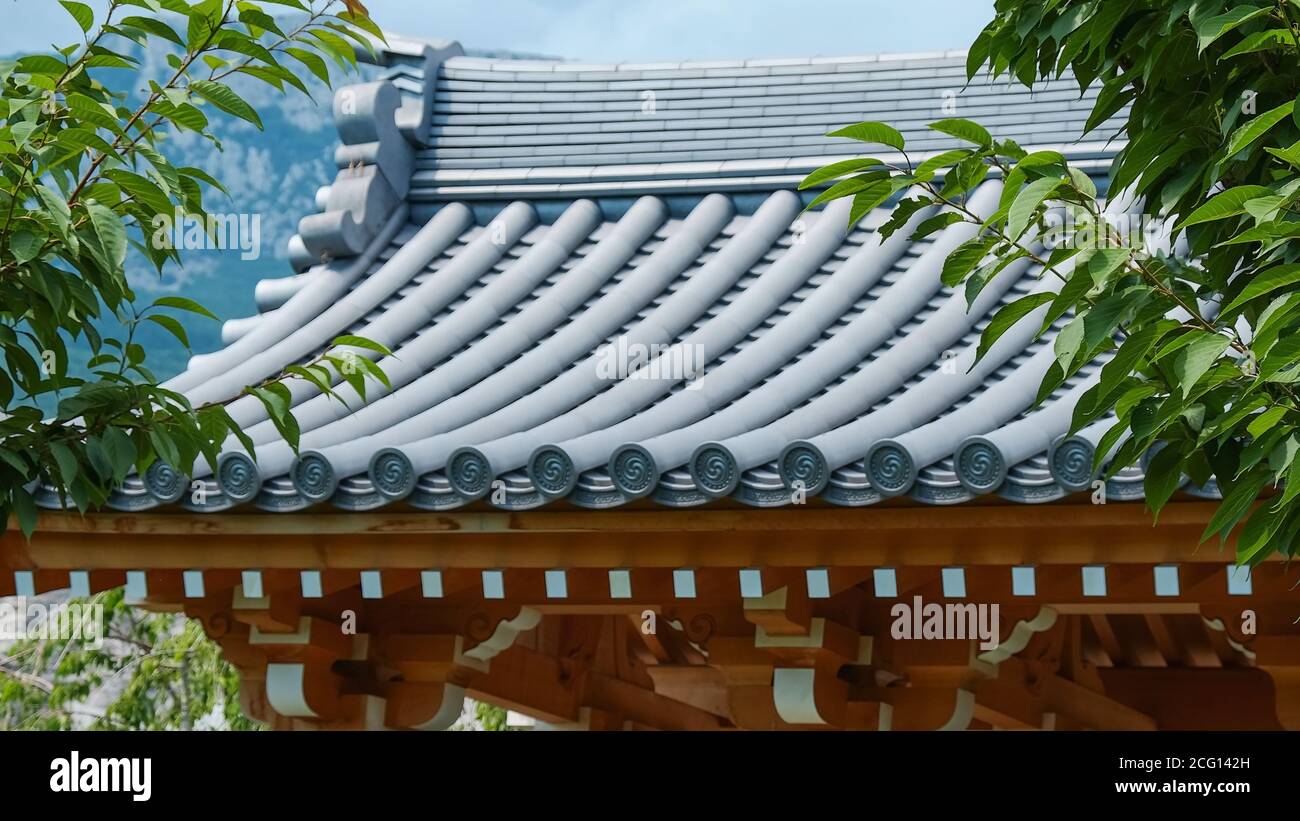18th Century Cypress Bark Roof

A century earlier the stage was set for improvements in building construction to come.
18th century cypress bark roof. The settlers were thankful even for these poor shelters. The area of the roof is extensive approximately 2 050 square meters so cypress bark has been set aside since fiscal 2009. The roofs were layers of tree limbs covered over with sod or bark or rushes and bark. It s built using thick dry stone walls with a timber roof.
For example a lead roof covered rosewell one of the grandest mansions in 18th century virginia. The bark was harvested by cutting two grooves around the trunk of a tree one close to the ground and the other 10 or 12 feet higher up the trunk. These were built in the ancient. If a house or building was built before the mid 19th century in the south or southeastern part of the united states it almost certainly had wooden shingles on the roof and they were most likely cypress shingles and for good reason.
Until the late 19th century it was the most common roof on rural log houses in norway and large parts of the rest of scandinavia. But more often lead was used for protective flashing. Methods and techniques of construction in the 18th century were a combination of medieval and experimental techniques. This is one of iceland s 18th century fishing stations.
The term national treasure has been used in japan to denote cultural properties since 1897 the definition and the criteria have changed since the inception of the term. Tony s book building a low impact roundhouse details how to build a reciprocal roof. A vertical cut then joined the two grooves and the bark was peeled off the trunk. Inside there are the imperial thrones called takamikura and the august seat of the empress called michodai.
Construction work is expected to continue until march 2020. A sod roof or turf roof is a traditional scandinavian type of green roof covered with sod on top of several layers of birch bark on gently sloping wooden roof boards. Lead as well as copper covered roof surfaces where wood tile or slate. Though many of the methods used in that time were still medieval there was an increase in the use of tools some outdated now by modern technology but some that are still in use today.
The roof is in irimoya hipped and gabled roof style made of layers of cypress bark.



















